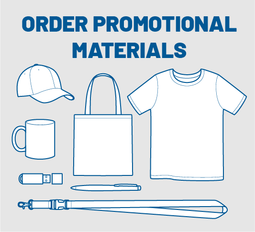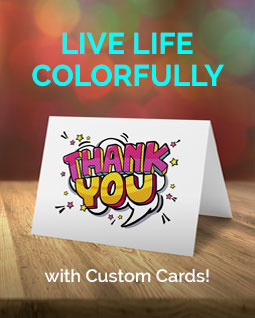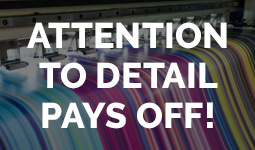More Print Tips
- • Maximum Impact: Is it Best to Send a Postcard or a Letter?
- • Drive Rapid Response to Your Direct Mail: 10 Pro Tips
- • The Usefulness and Utility of Print Marketing
- • Boost Sales with Brochures
- • 5 Opacity Tips You Should Know
- • The Window to Marketing
- • Profitable Postcard Marketing: Finding the Right Frequency
- • 3 Fundamentals for Nailing Your Direct Mail Marketing
- • Picking the Perfect Paper
5 Opacity Tips You Should Know

Opacity isn’t a word that’s tossed around often, but it is a topic you should consider when printing your next project.
What is Opacity?
Opacity means no light is going through the paper, which means you can print on both sides and not have it show through.
A high opacity in printed paper allows people to read the front side of the page without being distracted by print images on the backside. This will enable you to be creative with colors and images without the fear of bleeding through.
Depending on your desired results, opacity will play a part in creative projects.
5 Opacity Tips You Should Know
While you don’t need to be an expert on opacity, there are some essential tips you should know if you’re looking to print on both sides of the paper.
- Thicker papers are more opaque than thinner ones.
- Papers made of ground wood pulp are more opaque than free sheets.
- Coated papers are more opaque than uncoated papers.
- When looking for more opaque papers, look for one with a rough finish rather than one with a smooth surface.
- Colored papers, especially dark-colored pages, are more opaque than white sheets.
When looking to add elegance to your project, papers that appear to be translucent are thought to be superior. But opaque papers have their own sophistication. You can combine both in a project and enhance your image.
“Opaque papers that exhibit show-through are fit only for the bottoms of bird cages,” says author Constance Sidles in her book Graphic Designer’s Digital Printing and Prepress Handbook.
Rather than looking for paper that has show-through, look for ones that don’t show ink through the page. If you plan to print only on one side, it’s okay. But if you are looking to add sophistication and print on both sides, you will want to pick an opaque paper. You don’t want text showing through to the opposite side of the paper when you print.
To determine opacity, printing mills use a black sheet behind a particular paper and measure how much brightness the paper loses. Then the percentage is calibrated. You can use this to order the type of paper you want.
When you use the right paper, opacity can elevate your project quite a bit. Need help? We’ll be happy to show you the correct type of opaque paper options to fit your project. Reach out today to learn more!


Graphic Designer's Digital Printing and Prepress Handbook
by Constance Sidles
Constance Sidles is a print production consultant and print buyer with more than 25 years of experience. She is the Tech Tips editor of HOW magazine, a columnist for Adobe magazine. Her most recent book is Great Production by Design, published by North Light Books.




Share this